Energy Saving Tips
It’s also important to limit energy consumption during peak demand hours when electricity is most expensive for HMLP. Avoiding these high costs helps maintain affordable electric rates. Keep an eye out for Peak Alerts and learn how you can help HMLP #ShredThePeak.
Getting Started
HMLP works with Energy New England (ENE) to provide no-cost home energy assessments to residential customers. Complete the online intake form to start the scheduling process and keep an eye out for an email or call from ENE with available appointment times. For assistance, email hea@ene.org or call 888-772-4242. You can take action to reduce your bills and conserve energy by completing the projects recommended in the energy assessment.
There are many resources available such as:
- State Program: Massachusetts Clean Energy Center (MassCEC)
- DIY: DOE Energy Saver Do-It-Yourself (DIY) Savings Projects
- DIY: DIY Guide to Sealing and Insulating with Energy Star
- DIY: DOE Energy Saver Tips on Saving Money and Energy in Your Home
- Local Incentives: See Mass Save (Natural Gas Customers) and HMLP
- Federal Incentives: See Rewiring America’s IRA Calculator
Why get an Energy Assessment?
Appliances
According to the DOE’s Consumer Guide to Kitchen Appliances, every appliance has two price tags: the purchase cost and the energy usage cost.
Your chargers, electronics, and other appliances could be energy vampires drawing ‘phantom power’ from the outlet. For every item you unplug, that’s a little less energy being charged to your electric bill.
Use power strips for electronics
A power strip allows you to easily turn multiple devices on or off at once. Some advanced power strips may offer timers or programmable features to schedule when devices turn on or off.
Install timers for devices
Timers can control devices like aquarium filters, fans, and decorative lighting. Use timers to limit a device’s operation to specific times.
Close your applications and games when done
Computer games and applications consume power for background tasks, graphics, memory, network activity, etc. and can prevent your device from going to sleep or reduce its battery life.
Turn on Energy-Saving Mode
Also known as ‘power-saving mode’ or ‘eco-mode’, this setting is available on devices such as TVs, computers, monitors, etc. Turn on this feature to reduce a device’s power consumption when it is not in use.
Check out HMLP’s appliance rebates here.
When Buying a New Appliance
Choose Energy Star Purchases
These are high-efficiency appliances that cost less to operate.
Locate the EnergyGuide Label
See the operating cost and compare to similar machines.
Review Multiple Options
Compare the efficiency of different machines, not just one.
Account for Configuration
For example, fridges with freezers on top and front-loading washers are more efficient than alternatives.
Get the Size You Need
Large appliances can waste energy. Only opt for an extra-large dishwasher or fridge if you have a sizeable family that needs it.
Look for High-Efficiency Features
Save energy and money with soil-sensing detectors on dishwashers, automatic shutoffs on clothes dryers, etc.
Lighting
According to the DOE’s Consumer Guide to Energy Efficient Lighting, lighting accounts for about 15% of an average home’s electricity use.
Turn off the lights when you leave a room
One 100-watt bulb left on overnight costs $25 per year. Save money on the electric bill and extend the life of your lightbulbs by turning lights off when you don’t need them.
Let the sunlight in with ‘daylighting’
Switch off artificial lights during daylight hours and rely on natural light when possible.
Use EnergyStar LED light bulbs, fixtures, and lamps
Replace incandescent and fluorescent bulbs or fixtures with energy-efficient LEDs to use less electricity for lighting and extend the bulb’s lifetime.
Shop for sales
There are often sales on LEDs, especially in October for National Energy Action Month.
Keep lights clean & install dimmers
Dust can cut a bulb’s light output by 25%. Use dimmer switches whenever possible to reduce the electricity when full lighting is not needed.
Verify the color temperature
LEDs come in a variety of colors depending on consumer preference, and they are rated on the Kelvin temperature scale. Lower numbers are warmer (i.e., 2000K is like the warm glow of a candle) and higher numbers are cooler (i.e., 6500K is like bright daylight). A warm, yellow light would most resemble incandescent lighting.
Check out HMLP’s lighting rebates here.
Why Buy LED?
More Light, Less Electricity
An LED lightbulb only uses 9 watts to produce as much light as a 60-watt incandescent bulb.
They Last Longer
A 60-watt incandescent bulb can last about 1,000 hours before burning out. By contrast, LEDs last ~25,000 hours or more.
Save Your Money
LEDs pay for themselves through energy-savings by cutting energy use by 80% or more.
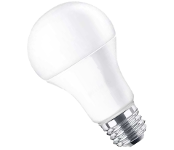
Living Room
If nobody is watching, turn it off and save some money.
Use the sleep function
An average household can use 60% less energy to power electronics just by using sleep mode.
Unplug Power Adapters and Chargers
When cell phones, digital cameras, or laptops are done charging, the charger still draws energy unless you unplug it.
Check your air vents and registers
If they are blocked by furniture or drapes, the air you pay to heat or cool won’t reach the rest of the room.
Consider your window coverings
They should be closed during the day in summer to keep the heat out and open during the day in winter to let sunlight warm your home.
Shut the flue on your fireplace
An open flue lets air escape from your home, wasting energy. If you never use the fireplace, have it sealed up permanently.
Weather-strip windows
Windows are a common location for air-leaks. Seal them up with weather stripping or caulk for a more efficient home.
Check out HMLP’s weatherization rebates here.
Tips for Power Strips
Make Them Easy to Reach
They don’t save money if you don’t use them.
Don’t Put the TV on a Strip
Many TVs have to be reprogrammed if they’re completed unplugged/turned off.
Group Electronics Accordingly
Put things you use at the same time on the same strip, like the computer and printer.
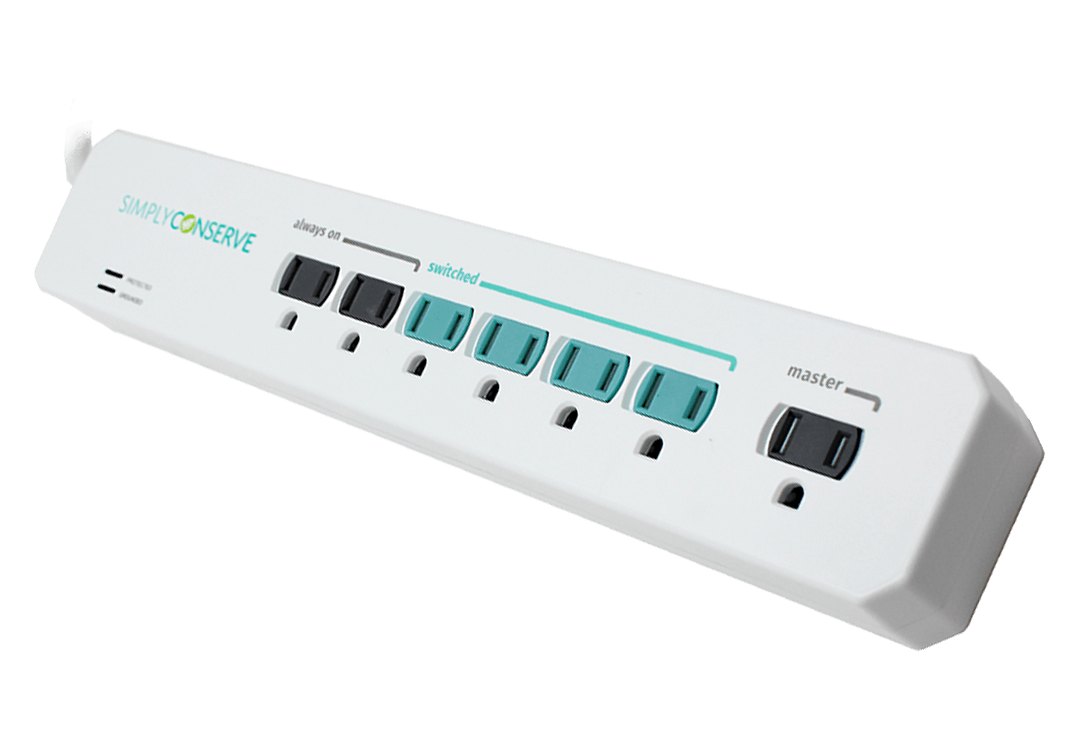
Kitchen
Check your refrigerator door seals
Try closing the door over half a piece of paper or a dollar bill. If you can pull the paper out, the latch or seal may need to be adjusted.
Check your refrigerator temperature
You lose money if you keep it too cold. To check, put one thermometer in a glass of water in the center of the refrigerator and another between packages in the freezer. Read them after 24 hours. The temperature should be between 36°F and 38°F in the refrigerator and 0°F to 5°F in the freezer.
Use small appliances to cook small meals
Try microwaves, slow cookers, or toasters. They use less energy than the stove or oven.
Get the most out of your oven
If you are using the oven, cook as many things as possible at the same time. Ovens are massive appliances that draw a lot of power.
Keep the inside of your microwave clean
It improves the efficiency of your microwave.
Use lids when you cook
They keep steam in and help food cook faster, which saves energy.
Appliance placement matters
Keep the refrigerator away from the oven or dishwasher and out of direct sunlight so that it does not need to work harder to keep things cool.
Keep the refrigerator door closed
Keep the door closed as much as possible to avoid energy loss. If you really need to stare at all of the food in the fridge, take a picture.
Cook outside!
Opt to use the grill instead of an indoor oven during the summer to consume less energy and avoid heating up the house.
Keep the sink water cold
Whenever possible, move the kitchen faucet to a colder position, especially when using small amounts of water.
Check out HMLP’s appliance rebates here.
Clean the Dishes Efficiently
Use Your Dishwasher
You can save 5,000 gallons of water each year and $40 in utility costs by using a dishwasher instead of washing dishes by hand, according to Energy Star.
Wash Only Full Loads
It costs exactly the same to wash one dish as it does to wash a full load of dishes. Don’t overfill or partially fill.
Scrape the Dishes, Don’t Pre-Rinse
Dishwashers made in the past 5 to 10 years can clean even heavily soiled dishes without pre rinsing.
Use the Air-Dry Option
It saves energy and keeps the machine from using a heating element to bake your dishes dry.
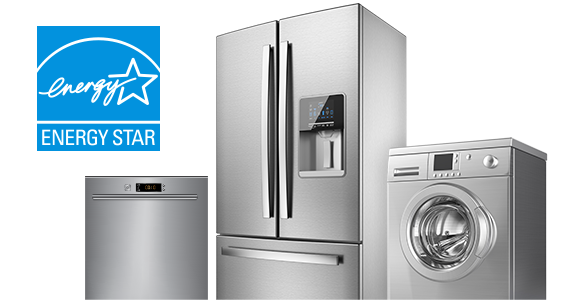
Laundry
Dry clothes outside in nice weather
Sunlight is free. Get some clothespins and try hang drying clothes on a line outside instead of running the dryer.
Wash and dry only full loads
The machines use roughly the same amount of water and energy to wash or dry one item as they do to wash or dry a full load. Don’t overfill or partially fill.
Wash with cold water, instead of hot
It takes energy to heat up water, and hot water is only necessary for very dirty laundry.
Separate fast-drying and slow-drying clothes
This helps you use the dryer only as long as you need to.
Choose the right setting on the machine
Use the appropriate water setting on the washer, especially if washing a small load.
Clean the lint filter in the dryer after every use
A clogged filter can prevent your dryer from doing its job.
Choose Energy Star washing machines
They use less than half the water and energy of standard machines.
Use the high-speed spin cycle of your washing machine
It extracts more water, so your laundry won’t need to dry as long.
Buy a dryer with an automatic switch
The dryer senses when your clothes are dry and automatically turns off to save energy.
Check out HMLP’s appliance rebates here.
EnergyStar Washers
Cut Utility Bills
Save an average of $50 per year and $550 total over 11 years, the average washer’s lifespan.
Save Water
Reduce water consumption by an average of 7,000 gallons of water each year.
Faster Spin Speed
A faster spin speed removes more water from your clothes and helps clothes dry faster.

Water
They use one-third to one-half the water that regular showerheads use.
Turn down the heat when you leave for vacation
Reduce the thermostat on your water heater before leaving on vacation. If there is no risk of freezing, you can turn it off completely when you’ll be away for several days.
Buy a water heater that fits your needs
If you buy a new water heater that is too big, you will pay to heat up water you don’t need. That’s a waste of both energy and money.
Take short showers
They use less hot water than baths.
Fix leaky water faucets
Thirty drops of water per minute can waste up to 50 gallons of water per month.
Install low-flow aerators on faucets
They reduce the amount of water that flows from your faucet, saving both water and energy.
Buy an Energy Star heat pump water heater
You may be able to reduce your costs by taking advantage of rebates.
Check out HMLP’s appliance rebates here.
Turn Down the Temperature
Set the Water Heater Thermostat to 120°F
Only leave it at 140°F if you have an older dishwasher with no booster heater.
Saves Energy
Water is usually heated to 140°F. Turning it down can save 6%-10% on energy bills.
Prevent Scalding
Extra hot water can be dangerous.
Slows Buildup
Slows the buildup of minerals and corrosion in the water heater and in the pipes.
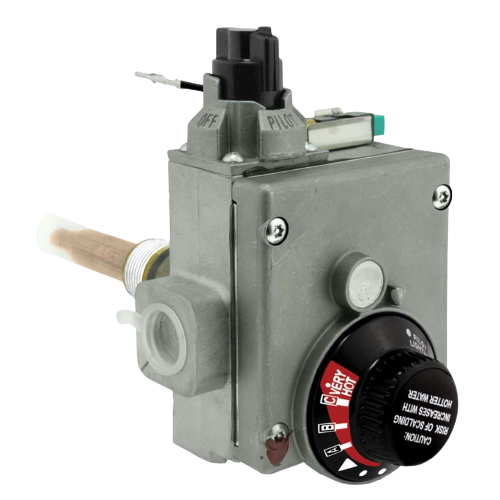
Yard
Taller grass loses less water to evaporation than short grass. Mowing too frequently means your yard will need more water.
Use a shutoff nozzle when watering
It saves water when you use a hose to water plants.
Plant trees that lose leaves on your home’s south side
Shading with trees, shrubs, and groundcover plants can help cool buildings and the air around them. Deciduous trees will protect your home from the summer sun, and then after the leaves fall they will let the winter sun help heat your home.
Don’t hose down the driveway, garage, or sidewalk
Using a broom instead saves water.
Choose drought-resistant plants
If maintained properly, a landscape of drought-resistant and native plants will use less than half the water of a traditional yard. Consider native plants that work well in this climate and require less maintenance.
Use a bucket of water to wash a car
It uses less water than a hose.
Rethink Outdoor Lighting
LED-Powered Lights
This is a more energy-efficient option for your yard than traditional incandescent bulbs.
Solar-Powered Lights
These would run on sunlight and continue to light up night after night.
Rechargable, Battery-Powered Lights
No more throwing away the whole strand once its died out, just recharge and go.
Timers and Motion Sensors
You can install lights with timers or motion sensors to increase savings and security.
Heating
Set your thermostat to 68°F in the winter and 78°F in the summer if you want to save the most energy.
Turn the thermostat down 5°F
Turning it down one degree saves about 2% on your heating bill. Turning it down five degrees saves about 10%. Install a programmable thermostat for gas or oil heating and it will do the work for you.
Use space heaters safely
Old or improperly used space heaters can be very dangerous. Make sure yours meets the latest safety standards, turn it off when you sleep, and use it only in an open area.
Wear a sweater instead of turning up the heat
Turning up your thermostat decreases your savings.
Never use the kitchen stove to heat your home
It is very dangerous to do this. Stoves are not designed for heating large areas. Doing this lets toxic chemicals into your home and is a fire hazard.
Consider the needs of everyone who lives in your home
Elderly people and people with medical conditions can have greater heating needs- and should adjust their thermostat to meet them.
Use a programmable thermostat
Make a schedule and stick with it. Program the thermostat to lower the heat two hours before you go to bed and increase it just before you wake. Lower the heat during the day if no one will be home for four or more hours. *If you have a heat pump, they operate more efficiently when you leave them at a consistent temperature. Used properly, a programmable thermostat can save you up to $150 per year.
Check out HMLP’s heating and cooling rebates here.
Maintain & Upgrade
Think about Replacement
If your furnace is more than 15 years old, it is time to think about replacement. Consider purchasing a cold-climate heat pump for dependable, efficient heating, cooling, and dehumidification. Rebates are available.
Professional Inspections & Tune-Ups
Oil-burning furnaces should be checked every year, gas-burning ones checked every two years.
Clean the Area Around the Furnace
It decreases chance of fire and improves airflow.
Check the Filters
Forced-air furnaces and heat pumps have filters that need to be cleaned or replaced monthly.
Check air vents, radiators, and registers
If they are blocked by furniture or drapes, heat won’t get into the rest of your home.

Cooling
Opt for Natural Ventilation When Possible
Reduce the need for cooling before using the AC. Open up windows and make the home more comfortable while maximizing savings.
Use a Fan
Fans don’t use as much energy as an AC.
Clean filters monthly
Dirty or clogged filters block airflow and reduce efficiency.
Install room air conditioners correctly
If the unit isn’t installed tightly, cooled air will escape from your home.
Place your room air conditioner properly
If the thermostat of your unit is near electronics or appliances that produce heat, it will read higher than it should. Put the unit in a shaded window where it won’t be heated by sunlight.
Set the thermostat at 78°F in the summer
The smaller the difference between the inside and outside temperatures, the lower your cooling bill will be.
Choose new windows with a low-E coating
Much of your home’s heat enters through the windows. Low-E helps block that heat. also look for Energy Star-rated windows.
Check out HMLP’s heating and cooling rebates here.
Replace AC Accordingly
Replace Window AC with Heat Pumps
The next time you have to buy a window AC unit, choose a heat pump instead. More rebates, more efficiency, and more functions. Cool, heat, and dehumidify all in one.
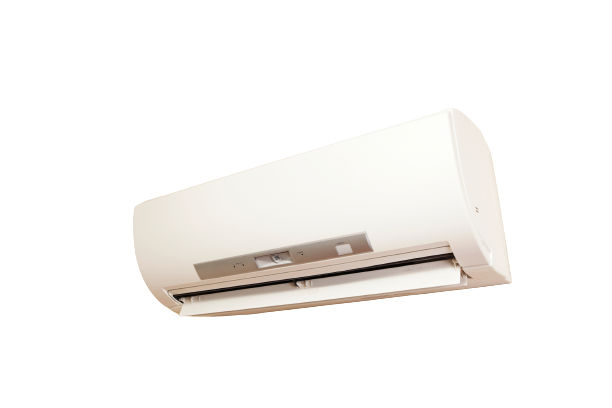
Sources
www.ase.org
American Council for an Energy-Efficient Economy
www.aceee.org
ENERGYSTAR, U.S. Department of Energy and the U.S. Environmental Protection Agency
www.energystar.gov
U.S. Department of Energy
www.energy.gov
U.S. Department of Energy’s Office of Energy Efficiency and Renewable Energy
www.eere.energy.gov
U.S. Energy Information Agency
www.eia.gov
